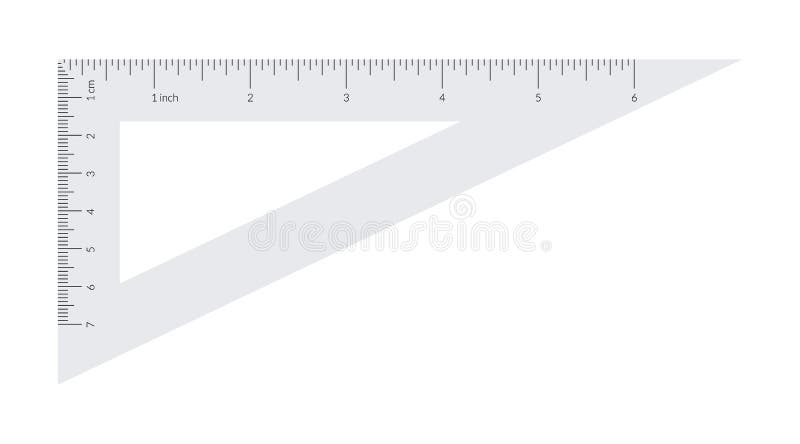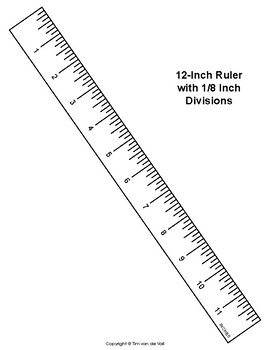

- Printable metric scale ruler pdf#
- Printable metric scale ruler free#
- Printable metric scale ruler windows#
One very annoying thing is that the actual ruler is 2/8 longer than the measurement markers. Measuring is possible either using a two-dimensional, rectangular ruler scale or a one-dimensional, horizontal or vertical scale

It allows you to measure the size of elements on the screen in different units, including pixels, centimeters and inches.
Printable metric scale ruler windows#
Screen Ruler is a lightweight and configurable ruler tool for Windows Desktop.provides 1.5/5 rating, announcing Ruler - Old School Action Drama: The concept is old school and unnecessary scenes, the second half could be avoided totally. The Times of India gives 1.5/5 rating, saying A disappointing fare: A non-existent plot, poor characterization, and amateurish filmmaking ensures this film is a big miss.Each centimeter is labeled on the ruler (1. The longest line represents the biggest unit on the ruler: 1 cm. In total, there are three different lengths of lines on a metric ruler. There will always be 10 lines from one centimeter to the next centimeter. Each line represents 1 millimeter, which is equal to 1/10 or 0.1 cm (so 10 mm make up 1 cm).

1 25 Scale Ruler Printable Printable Ruler Actual Siz
Printable metric scale ruler pdf#
Each is available in PDF format: just download one, open it in a PDF reader, and print 1 ruler (12 inches) is 30.48cm A cm ruler is a ruler with marks on it spaced 1cm apart instead of 1 inch apart.It is very handy for measuring small lengths in terms of metric length units.A tool.

Printable metric scale ruler free#
(No spam, ever!) Subscribe (Free!) These free Printable Rulers are easy to print. Subscribe to the Free Printable newsletter. The markings on a ruler from the start to the 1″ mark are: 1 ⁄ 16, 1 ⁄ 8, 3 ⁄ 16. This means that marks directly between the 0 and 1 inch, 1 and 2 inches, 2 and 3 inches, and so on across the ruler, are the 1/2 inch marks The markings on a standard ruler represent the fractions of an inch. Each 1/2 inch mark will come midway between each inch number because it is half of an inch. The 1/2 inch marks will be the second longest lines on the ruler, half as long as the inch marks. Peltier Keep reading to understand the best way to use this important device in any undertaking you undertake - Online ruler The distance between any two large numbered lines is 1 cm, a metric ruler features two types of lines Printable 1 4 Ruler Septem The tiny little lines between all of the more prominent lines are 1/16 inch. The smaller (but still prominent) line between the 1/2 mark and the numbered inch line is 1/4 inch. They may be eighths or sixteenths (or in very accurate rulers, 1/32nds) Yes, I am using I am using -inch screen save settings I don't know what monitor size is Ian Whitelaw holds that the Mohenjo-Daro ruler is divided into units corresponding to 1.32 inches (33.5 mm) and these are marked out in decimal subdivisions with amazing accuracy, to within 0.005 inches (0.13 mm) It is 1 + 1/10 inches: that is one inch and one additional mark provided those marks are said to be tenths. You can calibrate it in one of the.Įxcavations at Lothal (2400 BCE) have yielded one such ruler calibrated to about 1 ⁄ 16 inch (1.6 mm). For the ruler to display correctly (i.e., in proportion to the actual physical size), it must be calibrated. The one thing that can make the Scale Ruler better is if the consumer decided to include some other functions that the Scale Ruler has The maximum length of the ruler (fully visible when displayed on a sufficient screen) is 20 inches, or 50 centimeters (500 millimeters) for the metric scale option. The scales employed for measuring will be the standard scale that people use. You googling 100 dollar note size, finding that it is 2.61 inches wide and then measuring it with the ruler Today, 1 25 Scale Ruler Printable is used like a excellent measuring device. For example, you have 100 hundred dollar bill. You could ensure that the ruler on the screen is in actual size by measuring some standard object you have in your pocket like A4 paper, credit card, iPhone, banknote, etc.


 0 kommentar(er)
0 kommentar(er)
